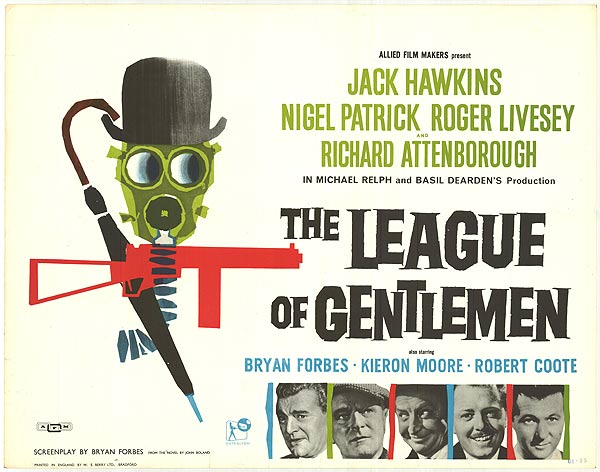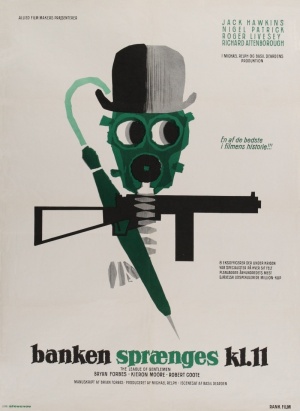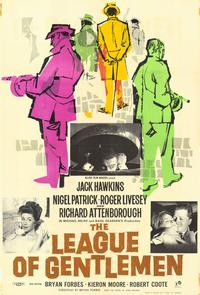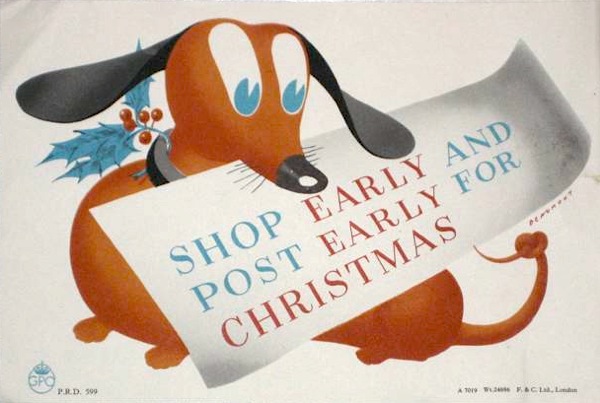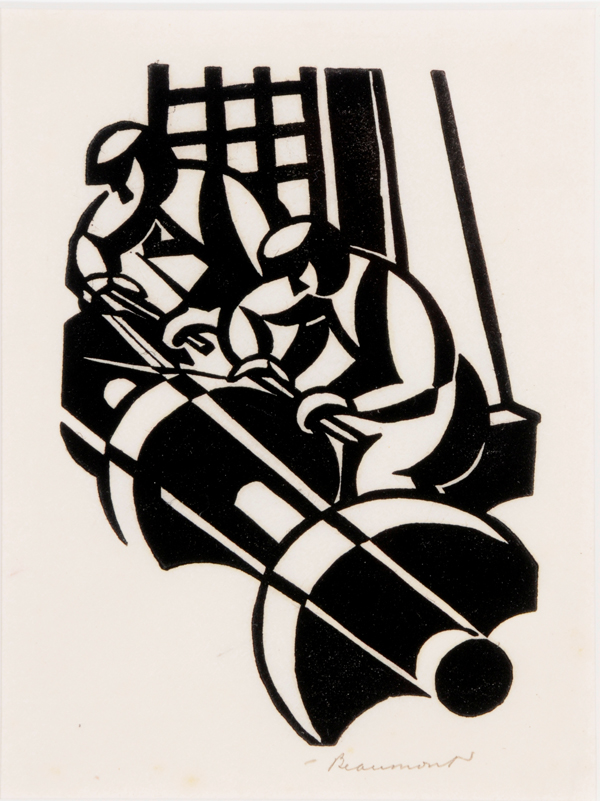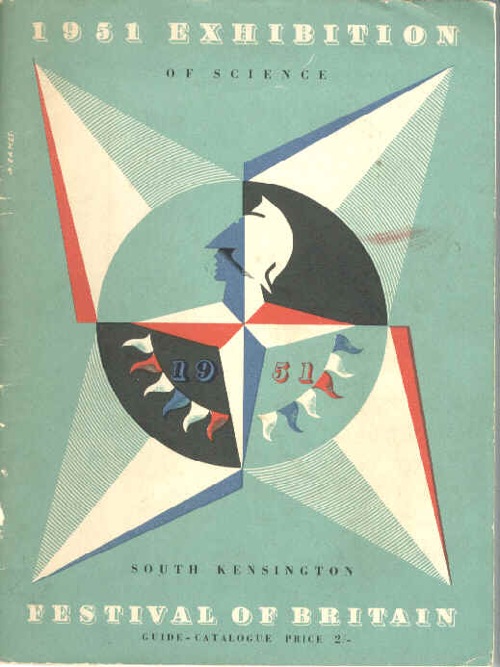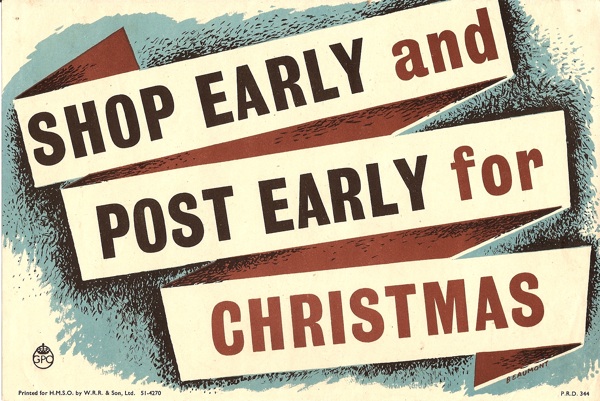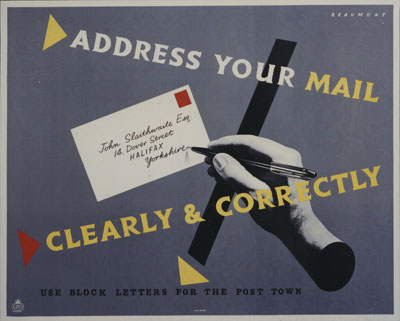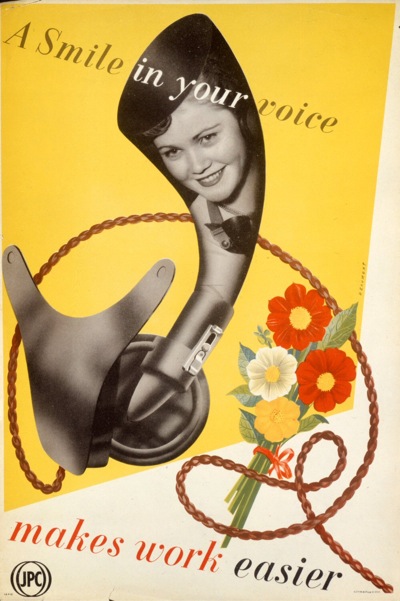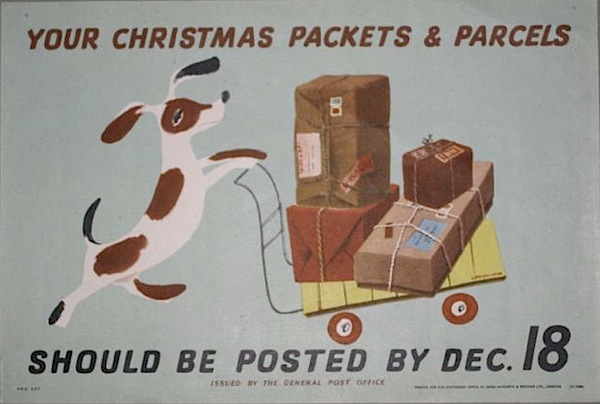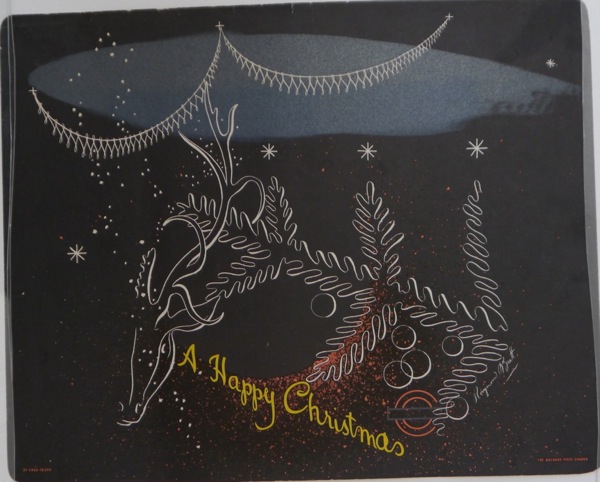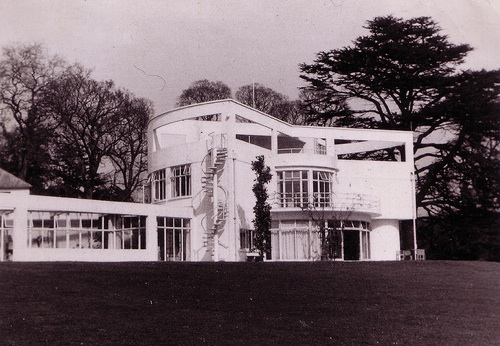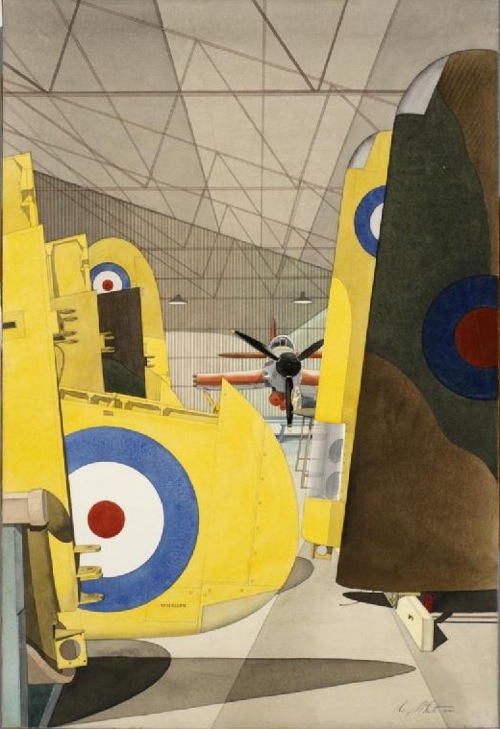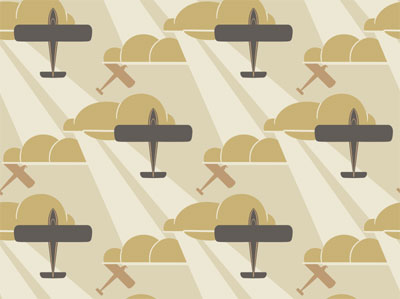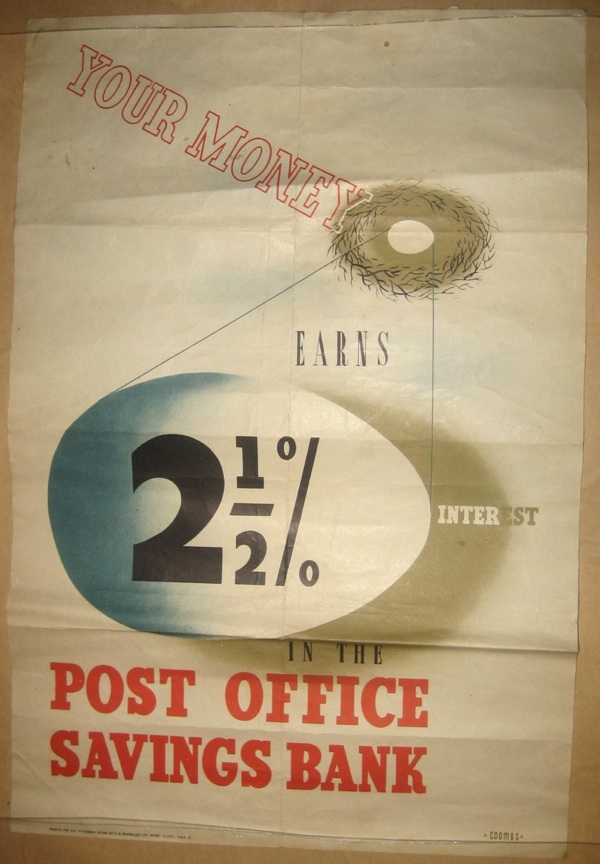In the immortal words of Smash Hits, I am back. Back, back back. Admittedly I am typing this from amongst a forest of boxes, and if you asked me to lay my hands on almost anything we own, I wouldn’t be able to, but I am here. And with a rather snazzy new network connection too, which probably isn’t going to make much difference at your end, but is certainly an improvement from where I am sitting.
But enough of my domestic arrangements, it’s time to turn back to the world of posters, and in particular next week’s Onslow’s sale. What are we going to say about this – or rather what am I going to say as my attempt at crowd-sourcing some opinions on this didn’t really get enough of a response to constitute a post. So here goes.
My first impression on flicking through the catalogue is that there are an awful lot of Shell educational posters; I haven’t actually counted them, but more than enough to fulfill all your county needs. Here’s Rowland Hilder’s Warwickshire and David Gentleman’s Somerset by way of a sample.
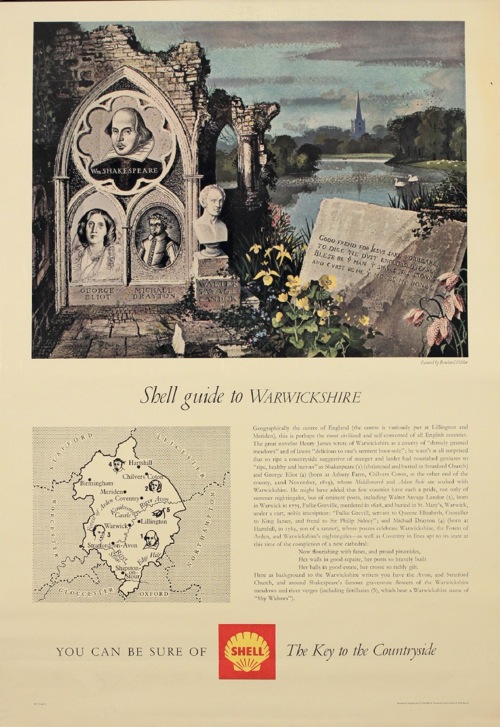
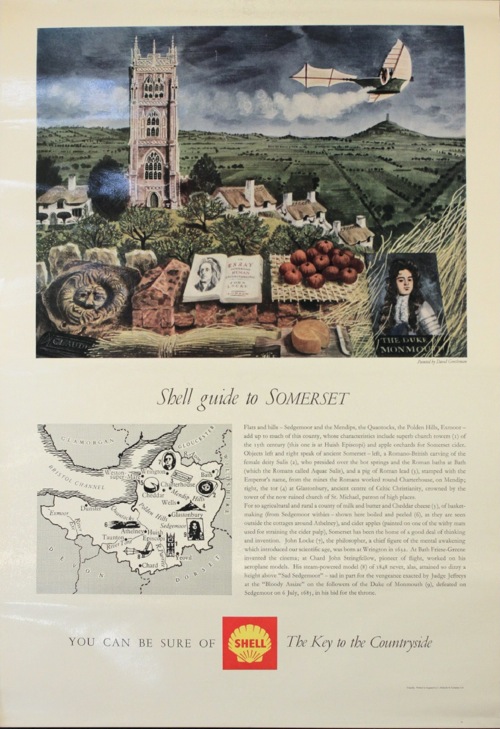
Now these have estimates of £70-100 and £100-150 respectively and I am going to say once again what I always say when Shell posters come up, which is that I do not understand what the market is for these and thus have no idea what they are worth. They’re lovely things to display, but both the educational text and the metal hanging bars do rather get in the way of the value I think. What is a fair price for these – other than just what people are prepared to pay? Any thoughts?
There’s also the usual tranche of World War Two posters, including this old friend.
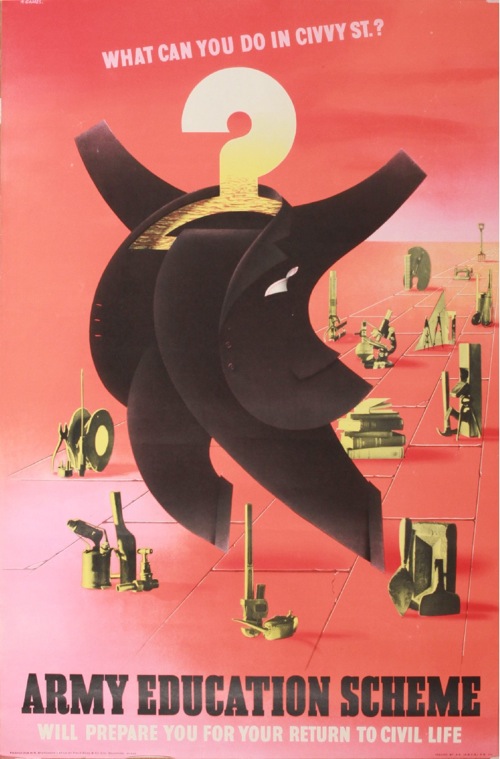
Abram Games, 1946, est. £70-100
It’s current ubiquity is affecting the estimate I think, which is a shame as its a lovely design. Of the rest, this Dame Laura Knight has to be the best drawing, if perhaps not the best poster.
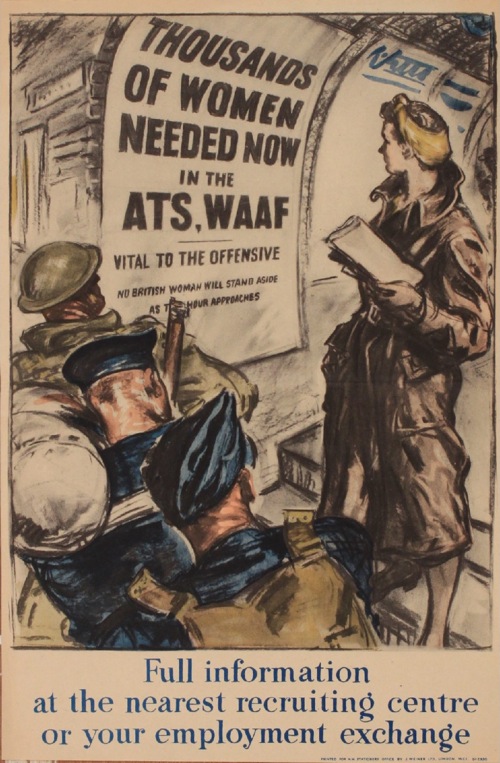
Dame Laura Knight, 1940, est. £250-300
While my personal favourite is this modernist take on Coughs and Sneezes Spread Diseases.
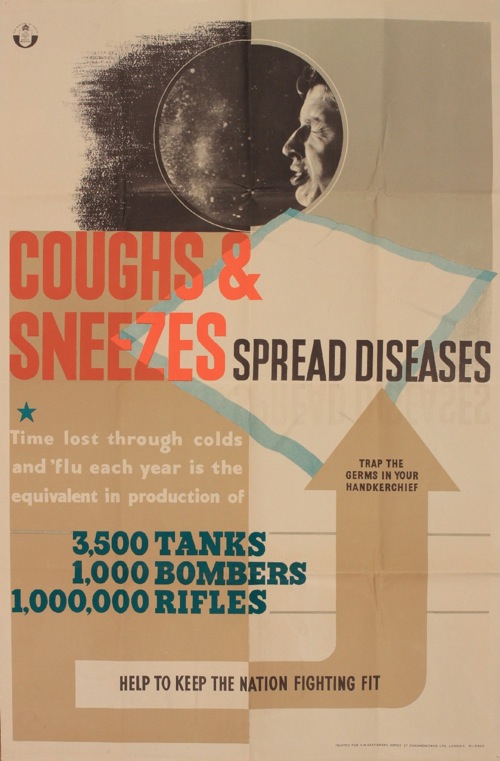
Anon, c. 1940, est. £50-100
I do like the variety of design styles you get in the Home Front posters; there was a way of persuading you to use a handkerchief to suit almost every kind of taste.
Then, of course, there are the railway and underground posters that you’d expect too. Contrarian that I am, this is the kind of thing I like.
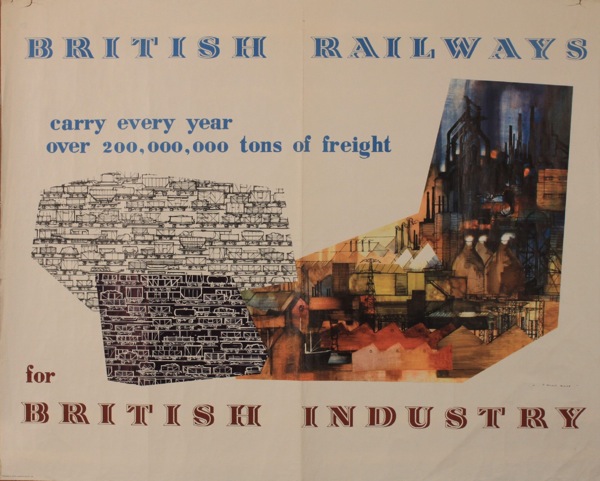
F Donald Blake, est. £70-100
But if you’re after countryside and representation, that is of course available by the yard as well.
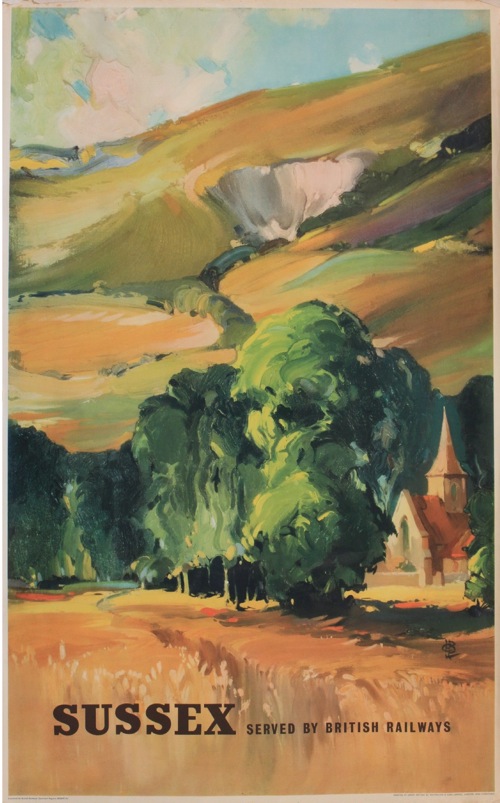
Claude Buckle, c. 1950, est. £400-600
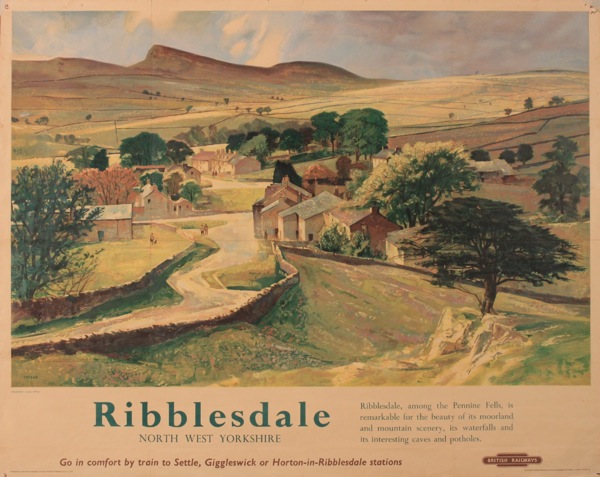
John Greene, c. 1960, est. £400-450
Those two are both later examples from British Railways, when the line between poster and landscape painting is getting a bit more blurred, but for some reason I rather like them both. There’s plenty more of that kind of thing available. Then there is also this Austin Cooper, which is a rather unusual item in that it’s a British poster for a furrin destination.
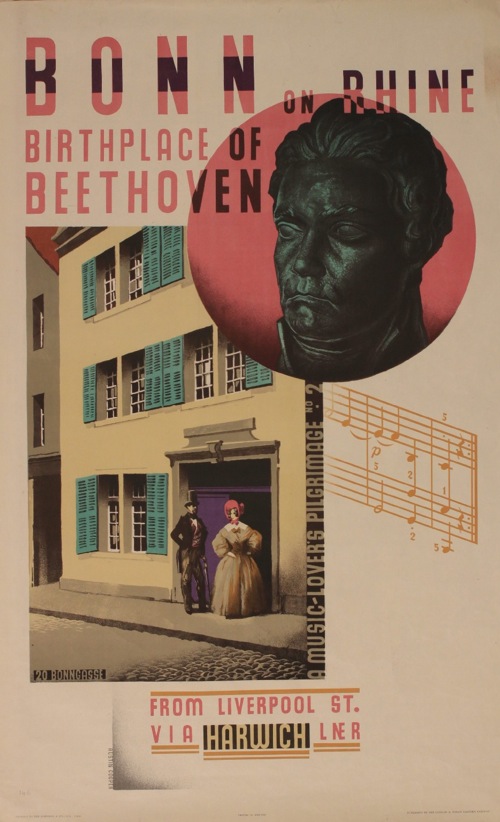
Austin Cooper, 1930, est. £100-150
But pick of the pops for me has to be this Hans Unger, for just being great.
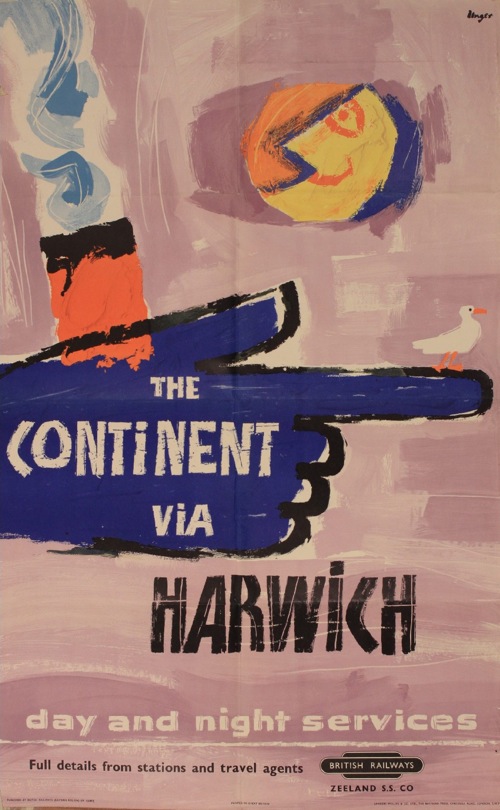
Hans Unger, 1957, est. £100-150
The London Transport posters are fewer in number and less immediately engaging, although this James Fitton always deserves a mention.
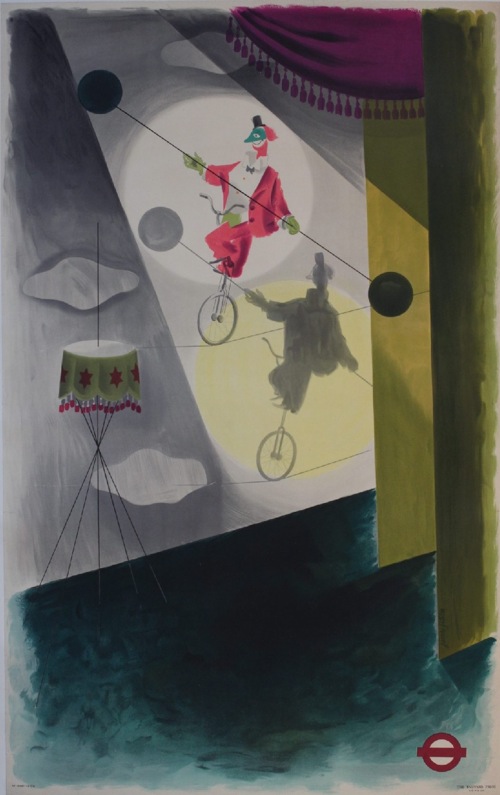
James Fitton, 1937, est. £300-400
Finally, something which is both interesting and rather lovely.
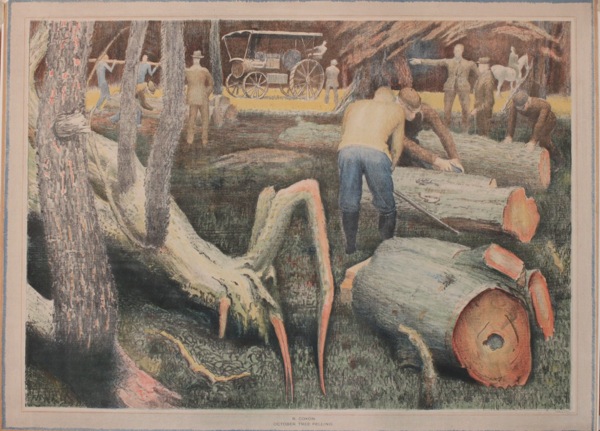
R Coxon, 1940, est. £150-200
Here’s the blurb from the catalogue about it:
R Coxon (1896-1997) October Tree Felling, original poster printed for CEMA (later became Arts Council) circa 1940
I’m guessing – looking at the design and format – that these are in some ways related to the post-war Schools Prints, but I don’t really know and right now don’t have the time to get lost in the internet and find out. Is there a good book written about CEMA anywhere? You would think there ought to be.
And if there is anything I have missed out that you think should be included, please let me know. The comments box is just down there and waiting for your thoughts.
